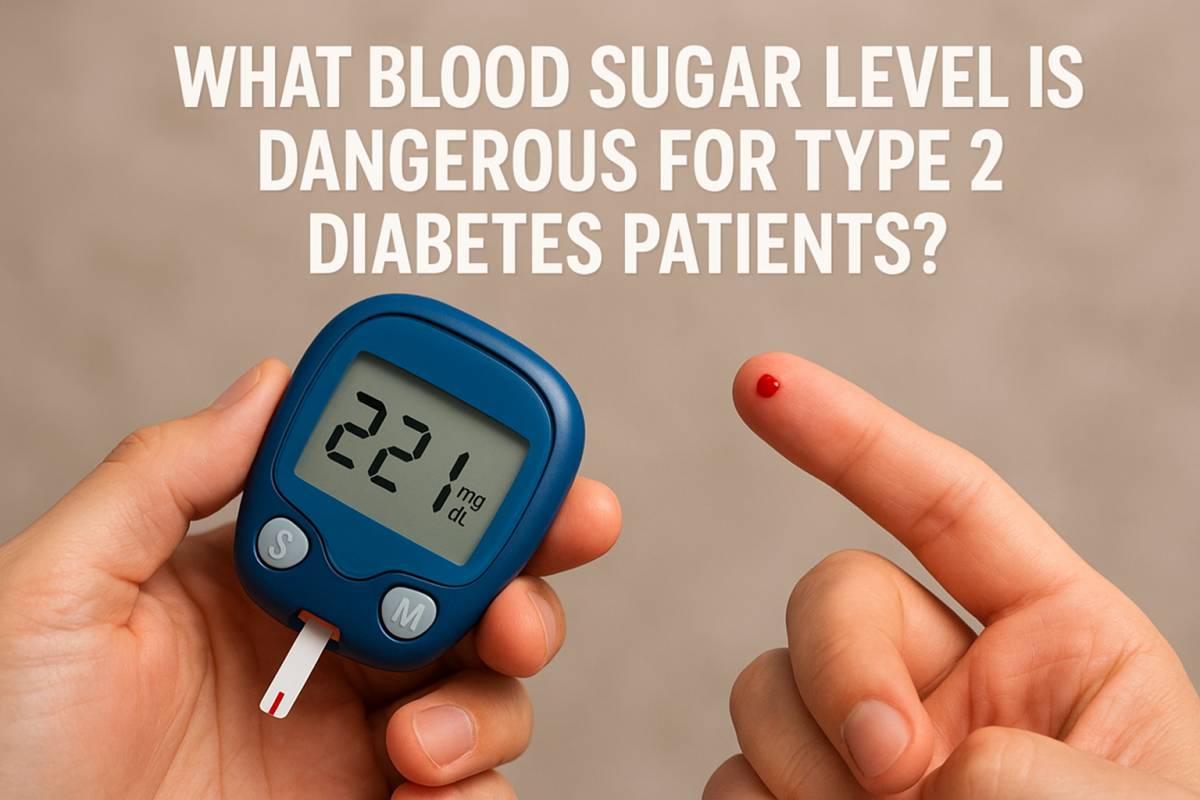https://finanzasdomesticas.com/principales-riesgos-mundiales-2021/

The biggest risks facing the world in 2021 were clear. The COVID-19 pandemic, economic instability, political conflicts, climate change, and social inequality were at the center of global challenges. These issues created serious problems that affected lives, economies, and the environment.
COVID-19 Pandemic and Public Health Risks
The COVID-19 pandemic was the top risk. It spread quickly, causing millions of deaths. Healthcare systems became overwhelmed. Hospitals ran out of beds and medical supplies. Vaccines were developed, but distributing them to every country was difficult. Many nations struggled with slow vaccination rates, while new virus variants made the situation worse.
Lockdowns and restrictions aimed to stop the virus but caused other problems. People lost jobs, and mental health issues increased. Schools closed, and students faced learning gaps. Travel bans disrupted tourism and business. The global focus on COVID-19 also delayed progress on other health issues, like cancer treatments and routine vaccinations.
Economic Disruptions and Supply Chain Challenges
The pandemic led to major economic problems. Businesses closed, and unemployment rose. Governments provided financial aid, but many people still struggled. Small businesses, in particular, faced bankruptcy. Global supply chains were also affected. Factories shut down, and shipping delays increased. This caused shortages of goods, from electronics to food. Prices rose as demand outpaced supply.
Ports faced backlogs, and transportation costs surged. Companies had trouble finding workers, especially in industries like trucking and manufacturing. Many businesses adapted by shifting to online sales, but this was not a solution for everyone. The economic recovery was uneven, with some countries recovering faster than others.
Geopolitical Tensions and Conflicts
Political conflicts intensified in 2021. Tensions between major powers, like the United States and China, grew. Trade disputes, military actions, and cyberattacks became common. Nations competed for technological dominance, especially in areas like artificial intelligence and 5G networks. These rivalries affected global cooperation on other issues.
Regional conflicts also caused instability. In places like the Middle East and Africa, wars and political violence displaced millions. Refugee crises worsened as people fled their countries seeking safety. Diplomatic efforts to resolve these conflicts faced significant challenges, with peace agreements often breaking down.
Climate Change and Environmental Risks
Climate change continued to be a serious threat. Extreme weather events, like wildfires, hurricanes, and floods, increased in frequency and severity. Many communities faced devastation. Rising temperatures and sea levels posed long-term risks to coastal cities and agriculture.
Efforts to reduce carbon emissions were made, but progress was slow. Renewable energy sources, such as wind and solar, grew in use, but fossil fuels remained dominant. Governments discussed climate action at international summits, but disagreements over funding and responsibility slowed action. The need for more sustainable practices became increasingly urgent.
Deforestation and pollution also harmed the environment. Oceans filled with plastic waste, and biodiversity loss accelerated. Protecting natural resources remained a critical challenge, requiring stronger global cooperation.
Social Unrest and Inequality
Social inequality worsened in 2021. The pandemic highlighted gaps between rich and poor. Access to healthcare, vaccines, and education was unequal. Wealthy countries vaccinated their populations quickly, while poorer nations lagged behind.
Economic inequality grew as low-income workers lost jobs. Many people faced housing and food insecurity. Social unrest erupted in several countries. Protests against government policies, racial injustice, and corruption gained momentum. The digital divide widened as millions lacked access to reliable internet for remote work and learning.
Efforts to address inequality included social programs and policy reforms. However, these measures faced resistance and funding challenges. Bridging these divides required more inclusive strategies and long-term commitments from governments and organizations.
Conclusion
The risks of 2021 shaped a challenging year. The pandemic affected health and economies. Political conflicts, climate change, and social inequality added to global struggles. Addressing these issues required global cooperation, innovation, and a commitment to building a more resilient and equitable future.









